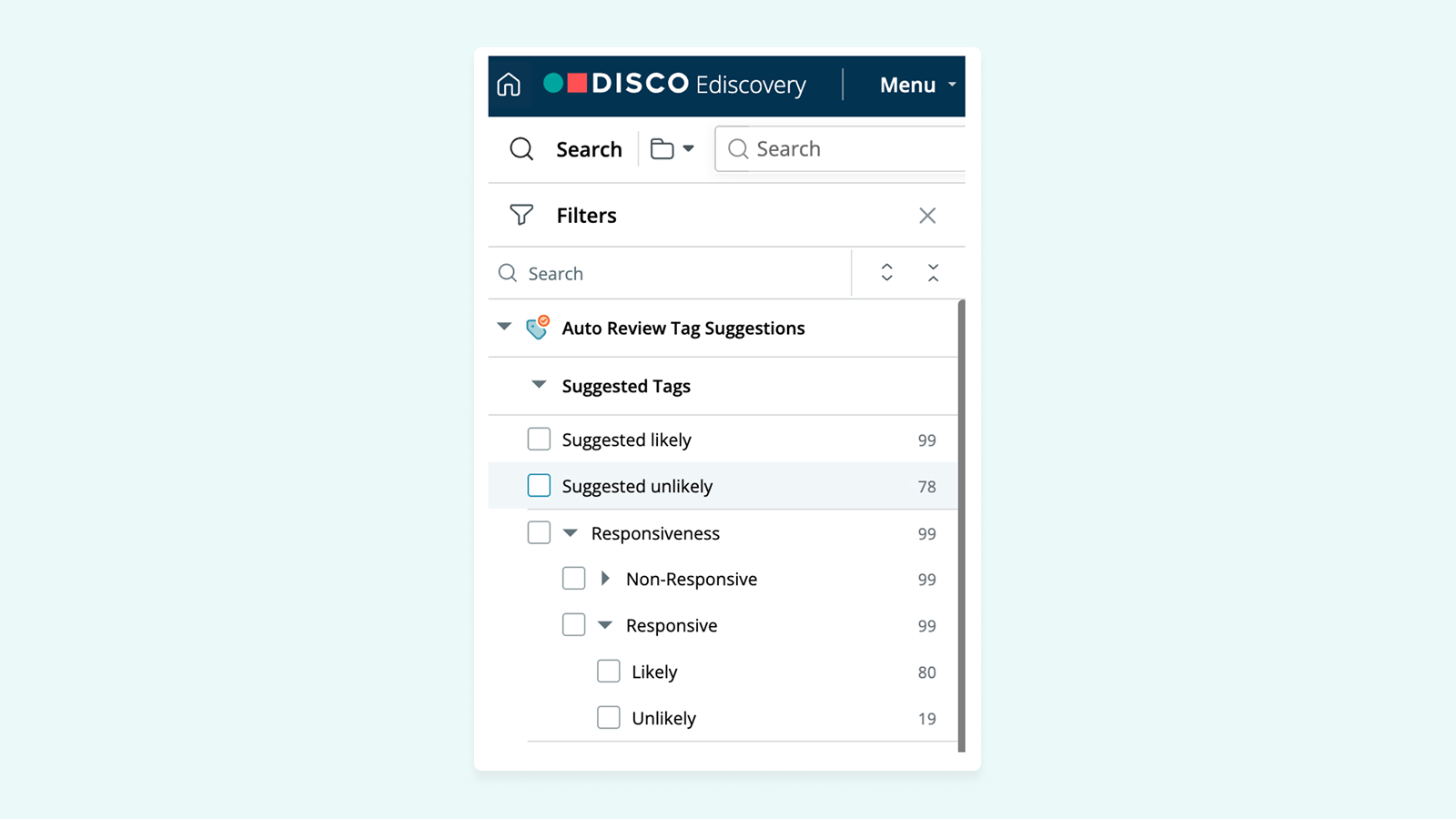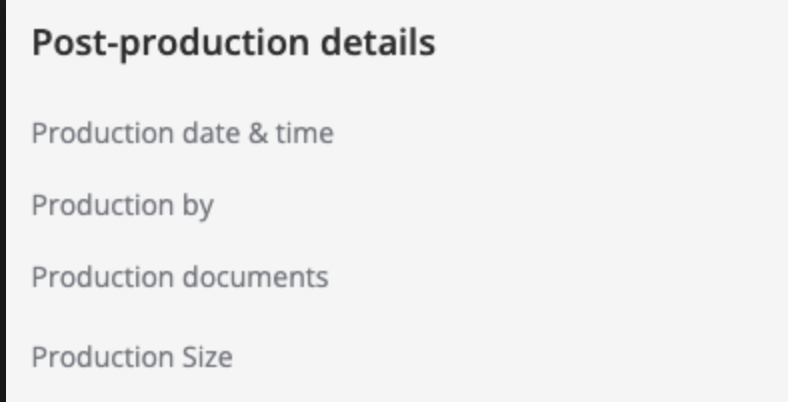⚡️ 1-Minute DISCO Download
When you consider that some professionals are now spending six to eight hours of their work day in some form of video conference, the potential scope of the electronically stored information (ESI) generated is daunting for ediscovery technologists.
Although Zoom is perhaps the most common conferencing app, some organizations may use Google Meet, WebEx, or even the video-conferencing options on Teams, Skype, or other platforms.
What these are: Video conferencing apps
How many users?
- Zoom has over 300 million daily active meeting attendees
- Google Meet has over 100 million daily active meeting attendees
Challenges: Data spans communication channels, and scoping is overwhelming

Considerations and best practices: Zoom, Google Meet, and other video conferencing tools
Look for data beyond just video and audio
The use of video conferencing tools has skyrocketed in recent years. A majority of employees spend up to one-third of their time in meetings, many of which are virtual. The key here is to confirm whether your organization allows recording or retention of these files.
In addition, many of the popularly used messaging platforms have a spontaneous video-meet function – such as MSTeam’s “instant meeting” or Slack’s “huddle.”
This means that a large portion of potentially discoverable and insightful communication happens over video conferencing – and video conferencing data collection entails dealing with the complexity of multi-media files, as well as real-time chat functionality.
.avif)
💡Pro tip: Be aware of AI-notetakers and other add-ons. Many companies now also use add-ons to their conferencing software – such as Chorus, or AI-powered notetakers like Otter or Fathom – which may create their own relevant data points.
Reduce data to a manageable size
To effectively surface relevant evidence, practitioners need to be able to include multi-media data sources, and utilize tools that can refine the scope of discovery, and quickly identify key information that could reduce the data to a manageable size.
If you expect that your case may involve review of virtual meetings, ensure that whatever technology you use has the ability to not only reproduce the audio-visual component, but can also adequately parse any accompanying text chat, file transfer records, etc.
Dig into provider capabilities for the platforms you or your clients use
In considering your choice of technology provider, be sure to ask what capabilities they have to collect, process, and review the systems you anticipate may contain case-related materials.
In addition, look for helpful functions such as audio / video transcription abilities, and real-time syncing to the audio / visual content itself. For example, DISCO Ediscovery allows users to transcribe multiple audio-video files at once with the click of a button.
Virtual meetings have become a mainstay of business communications, and, if correctly collected and reviewed, can yield profoundly valuable insights into key events, behavior, and participants. Be sure to select a partner who can help you maximize these benefits efficiently.
Additional reading: Google ediscovery: Ediscovery for Google Workspace with Google Vault
Ediscovery Expanded: Mastering Complex Data from Slack to Signal and Beyond
Now that you’ve mastered virtual conferencing data, uncover the considerations and best practices for handling other complex data types in ediscovery, including:
- Mobile data
- Ephemeral messaging
- Internet of things devices
- Social media platforms
Download the complete guide here.
And, if you’re ready to collect from collaborative data sources with DISCO, request a demo to see what we can do for you.






%20(1).jpeg)








